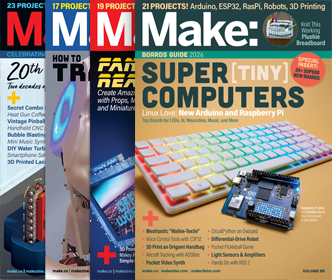
Circuit Scouts Overview
Up to 5 hours in total
All levels
Ages 11-14
What Will You Learn?
Welcome to the World of Circuits!
With this guide and the materials in the Circuit Scout Kit you’ll learn the basics of how electrical circuits work and then put them to use by making your own unique inventions, including amazing light up cards, buzzing vibrobots, and LED circuits you can even wear. Let’s Make!
This adventure will cover:
The parts of a circuit
Maintained and momentary switches
Vibrating motors
Forces and motion
Series and parallel circuits
Circuit design
Paper circuits
Soft circuits
Suggested Schedule
Each project includes a 5 minute engagement activity, 15-30 minutes of a skill-building guided practice, 15-30 minutes of exploration with an innovation project, and 10 minutes to review, share, and communicate about what campers have learned. In total each project should take about one hour, but the timing can be adjusted as appropriate. Each project also features additional activities campers can work on in camp or at home.
This project series is best suited for middle schoolers, ages 11-13. Each project should take approximately 60 minutes to complete. The entire series should take approximately 5 hours. Additional activities are included for those that want to expand on the topics presented.
Day 1 – Engage
Engage campers with fun circuits in motion using various vibrating motors. Campers put electrical circuits to immediate use as they build simple racers and vibrobots. They will investigate forces and motion as they prototype and improve upon their designs.
Day 2 – Guide
Lead an Introduction to Circuits workshop. Engage campers by experimenting with simple circuits. Demonstrate the parts of a circuit, direction of electricity flow, and switches. Brainstorm ways they could use these elements for new projects. Challenge campers with simple problems to solve.
Day 3 – Investigate
Build on what campers learned by teaching them to make a paper circuit. After demonstrating how to use the supplies and reviewing circuit basics, campers will design and make their own creations.
Day 4 – Transform
Campers will take what they’ve learned and move it to a new material — fabric — which presents it’s only challenges and opportunities. After being led through a sample project to review basic concepts, campers will have time to invent their own, using all they’re learned for the week.
Day 5 – Communicate
Host a Mini Maker Faire showcase in which campers present their work and offer feedback on others’ creations.
Challenge Levels
The challenges for each day are divided by skill level. They are grouped in this way primarily for facilitators. You can choose to present them as leveled skills or simply as three different challenge options. We suggest letting campers choose with appropriate guidance and support as needed.
Discovery – skill level 1, novice, apprentice, beginning, learner
Exploration – skill level 2, intermediate, journeyman, developing, peer
Innovation – skill level 3, advanced, master, proficient, mentor
The program also includes “Take It Further” suggestions which can be shared with campers in a program that meets for longer periods of time or for campers that want to continue making at home.






